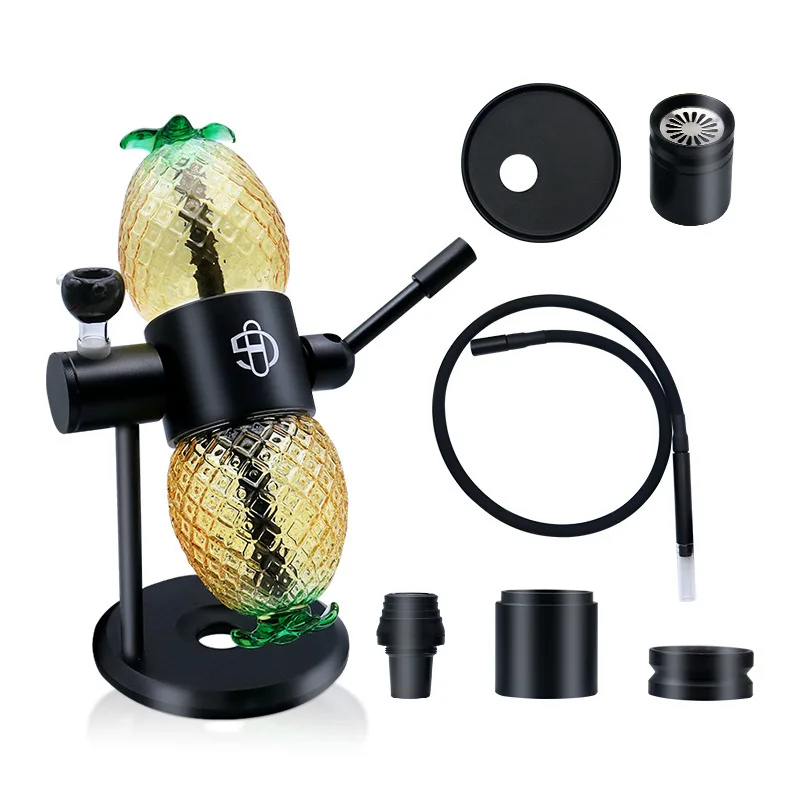Cannabis dispensaries need all the brand awareness they can get. But when major corporations have big enough pockets to inundate search engine advertisements, it’s difficult to break through the noise. That’s where SEO (search engine optimization) comes into play.
SEO, when done strategically, can alter the trajectory of a dispensary’s success (and revenue). Every week, 80% of consumers use Google to search for local businesses. And 80% of these searches lead to conversions for small businesses like dispensaries. Without a proper SEO strategy, your dispensary will fall by the wayside, and your competitor will reign supreme.
Below are some tips and insights to help cannabis retailers harness the power of SEO, compete with larger brands, and drive meaningful traffic that converts.
SEO 101: Website Optimization
It’s important to start by focusing on foundational SEO best practices. These are the elements that lay the groundwork for long-term visibility and ranking potential.
Begin with your meta title. It’s often the first impression users get in search results, so make sure it’s compelling, includes relevant keywords, and aligns with your H1 heading on the page. This consistency signals to search engines what your page is about and helps avoid confusion for users.
Next, structure your content with clear H2 and H3 subheadings to create a logical content hierarchy. Not only does this improve readability for site visitors (especially those skimming for specific information), but it also makes it easier for search engine crawlers to understand the context and relevance of your content. Including targeted keywords in subheadings where appropriate can further boost SEO value. Think of your page like a well-organized outline: each section should build on the last, guiding users toward the information they need while making it easy for search engines to index your site accurately.
And don’t forget to focus on a primary geo target (usually the city or town where your store is located) and a few secondary geo targets.
Lastly, it’s important to consider your schema markup. These are small pieces of backend HTML code that help Google better understand your website. I recommend implementing five types of schema:
- Organization
- Website
- WebPage
- Store/Local Business
- Review
These enhance your visibility in search results and help tie your website to your Google Business Profile more effectively.
Content Marketing and its Impact on SEO
Content marketing not only drives visitors to your site but also helps search engines understand your content, ensuring it gets presented to users searching for relevant queries.
One strategy that works particularly well is creating blog posts that serve multiple purposes. Try writing content based on questions or keywords people are actively searching for. This gives the blog post added SEO value.
These blog posts are optimized not just for search visibility, but also for conversion. Be sure to include direct links to the dispensary’s menu or product pages to encourage orders. Using Google Analytics, you can track how much revenue is generated through these landing pages from organic search.
This approach allows cannabis retailers to:
- Drive organic traffic from search engines
- Boost conversions by linking to specific products or services
In addition to blogs, product and brand pages are crucial for SEO. It’s important that your menu is indexable and crawlable by search engines, meaning it shouldn’t rely on an embedded or iFrame-based solution. That way, when potential customers search for specific products or brands you carry, those pages can appear directly in search results.
The Relationship Between UX & SEO
A lot of the common issues come down to user experience (UX). Most cannabis dispensary websites tend to be built on similar platforms like WordPress, so their technical structure and load times are generally comparable. The real difference often lies in how the site feels to the user.
One of the biggest problems we see is overuse of pop-ups. When someone lands on the homepage, they might immediately face:
- A location selector
- A loyalty program prompt
- A chatbot window
- A promotional banner
Sometimes, depending on what they click, they’ll be hit with yet another special offer pop-up. All of this creates friction and makes it harder for users to simply browse or shop the menu. The more obstacles you put in front of a user, the more likely they are to leave—and that high bounce rate can negatively impact your SEO.
The solution? Audit your user experience regularly. Many cannabis retailers rarely visit their own site from a customer’s point of view, so they don’t realize how frustrating it can be. Take the time to streamline the customer journey:
- Limit pop-ups to only the most essential
- Make sure menus and product pages are easy to access
- Test the site’s usability on both desktop and mobile
By improving UX, you not only keep visitors on your site longer (which helps SEO) but also increase the likelihood of conversions.
How Should Cannabis Retailers Measure the Success of Their SEO Efforts?
There are a lot of ways to measure SEO success, but at the core, it comes down to tracking whether your website traffic and search rankings are growing or holding steady—both for your site and your Google Business Profile.
It’s also important to analyze data year over year, not just month over month. It’s easy to panic when you see a drop in traffic from one month to the next, but that often reflects natural seasonality. For example, February is almost always down compared to January. It’s a shorter month, it’s the middle of winter, and people are less likely to go out. So instead of comparing February to January, compare February of this year to February last year. That gives you a more accurate view of performance.
If rankings remain strong but traffic drops, it’s time to dig deeper. Sometimes, the issue isn’t SEO at all. It might be that fewer people are searching for your brand specifically. In those cases, we start looking at broader marketing efforts. Are you doing less brand awareness work? Did you pull back on billboards, radio, or other top-of-funnel campaigns?
SEO can only do so much if overall demand for your brand is down. That’s why it’s always important to combine data analysis with thoughtful conversations. When things shift, consider: What are you doing differently this year? What promotions or campaigns are you running (or not running) that might be influencing this?
There’s a lot of data available, and it’s easy to tell different stories with it. The key is knowing how to interpret the numbers and explain to clients what’s actually happening, and how to respond strategically.



























